Spice Up Your Life: The Surprisingly Versatile World of Asian Spicy Mustard
When you hear the word "mustard," what’s the first thing that comes to mind? Hot dogs? Fancy condiments? Think again—especially when it comes to Asian spicy mustard. This isn’t your average ballpark condiment; we’re talking about bold, nose-tingling, tear-jerking powerhouses that bring heat, depth, and a ton of personality to dishes across Asia.
In this deep dive, we’ll explore everything from traditional varieties like Chinese brown mustard to Japanese karashi, offer practical cooking tips, and even show you how to make your own at home. Buckle up—we’re entering the fast lane of Global Spice Traditions!
Table of Contents
- What Exactly Is Asian Spicy Mustard?
- Varieties Across Asia: From Mild to Wild
- Why It Kicks Ass in the Kitchen (And Beyond)
- How to Use Asian Spicy Mustard Like a Pro
- Want More Heat? Make Your Own!
- Health Benefits You Probably Didn’t Know About
- Spice Compatibility Chart: Mustard Meets Other Flavors
- Fun Facts That’ll Blow Your Mind (or Nose)
- Conclusion: Don’t Sleep on This Spice Sensation
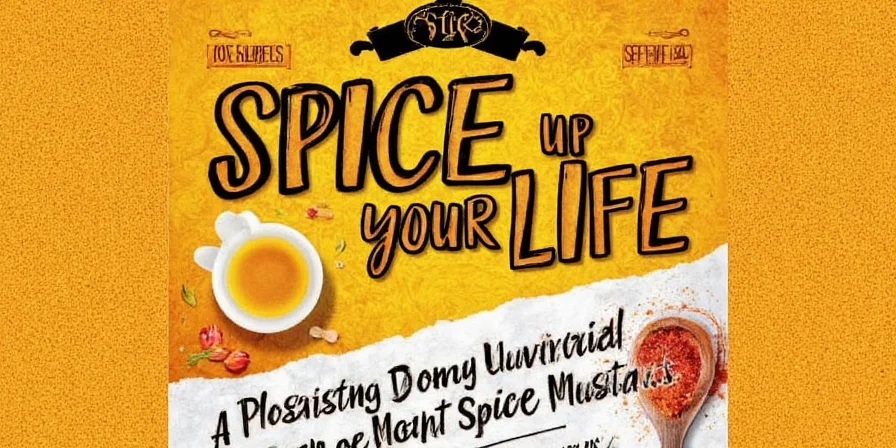
What Exactly Is Asian Spicy Mustard?
Unlike Western yellow mustard made from mustard seeds and vinegar, most Asian spicy mustards are made from black or brown mustard seeds (Brassica juncea), often mixed with water, oil, salt, or other spices. The key difference? No vinegar. That means more intense heat and a sharper bite.
Karashi from Japan, Lao jiao from China, or sarso ka tel from India—these are just a few names for variations of this ancient condiment. And while they all start with mustard seeds, the magic happens through preparation techniques passed down for generations.
Varieties Across Asia: From Mild to Wild
Asia is basically a spice playground, and mustard plays a starring role. Let’s break down some of the top players:
- Karashi (Japan): Mildly pungent with a delayed kick. Often used in yoshoku (Japanese-Western fusion) dishes like karaage or as a dip for oysters.
- Brown Mustard (China): Fiery and earthy. Common in Sichuan cuisine, especially in dipping sauces for dumplings and hot pot.
- Lao Jiao (Sichuan Mustard Paste): Thick, intensely spicy, and packed with umami. Used in cold noodle dishes and spicy braises.
- Sarson Da Saag & Sarso Ka Tel (India): A bold, garlicky mustard paste and oil combo popular in Punjabi cuisine. Not for the faint-hearted.
- Chili Mustard (Korea): A modern fusion of gochujang and mustard—sweet, smoky, and dangerously addictive.
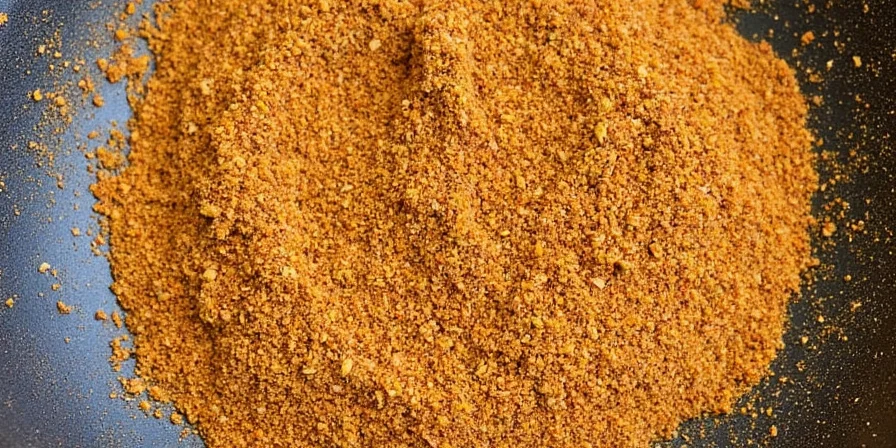
Why It Kicks Ass in the Kitchen (And Beyond)
Mustard isn’t just for flavor—it’s a culinary multitasker. Here’s why you should keep a jar (or two) in your pantry:
- Flavor Amplifier: Adds brightness and a punch without overpowering other ingredients.
- Marinade Magic: Breaks down proteins slightly, tenderizing meats and adding heat before grilling or roasting.
- Pickling Power: Boosts pickled veggies with a spicy twist—try it with daikon or cucumbers.
- Condiment Chameleon: Mix with mayo, soy sauce, or miso for instant gourmet sauces.
- Stir-Fry Surprise: A spoonful stirred into a stir-fry adds complexity and depth.
How to Use Asian Spicy Mustard Like a Pro
If you’ve only ever dabbed a tiny bit next to sushi rolls, you're missing out! Here’s how to take your mustard game to the next level:
- Dip It Real Good: Mix with soy sauce, sesame oil, garlic, and a splash of rice vinegar for an epic dumpling or gyoza dip.
- Add It Late: To preserve that sinus-clearing aroma, add mustard near the end of cooking—or even off-heat.
- Balance the Heat: If things get too spicy, balance with honey, coconut milk, or lime juice to mellow the burn.
- Pair With Protein: Great with grilled pork, lamb skewers, or tofu that can handle the heat.
- Spread It on Sandwiches: Karashi mayo? Yes, please. Try it on a grilled cheese or banh mi for extra flair.
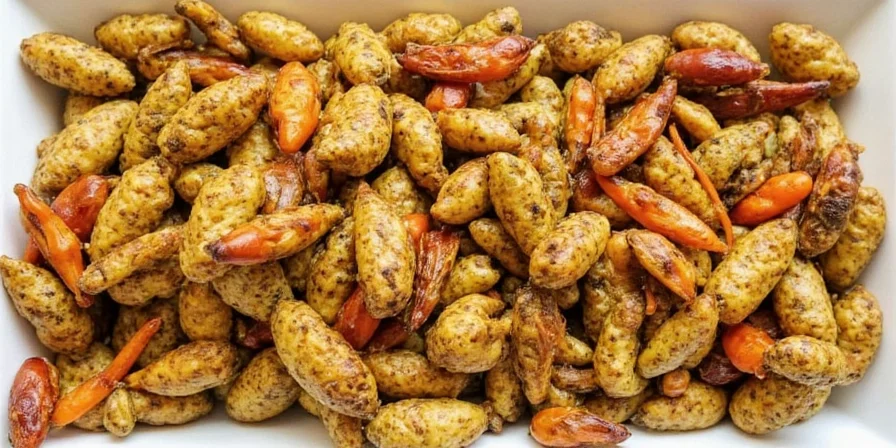
Want More Heat? Make Your Own!
Store-bought is great, but homemade takes it to a whole new level. Plus, it’s shockingly easy.
DIY Sichuan Brown Mustard Paste
- Ingredients:
- 2 tbsp brown mustard seeds
- 1–2 tbsp hot water
- 1 tsp Sichuan pepper powder
- ½ tsp salt
- 1 tsp toasted sesame oil
- Instructions:
- Grind mustard seeds into a coarse powder using a mortar and pestle or spice grinder.
- Add hot water gradually to form a thick paste.
- Let sit for 5–10 minutes to develop heat.
- Mix in Sichuan pepper, salt, and sesame oil.
- Store in an airtight container in the fridge for up to a week.
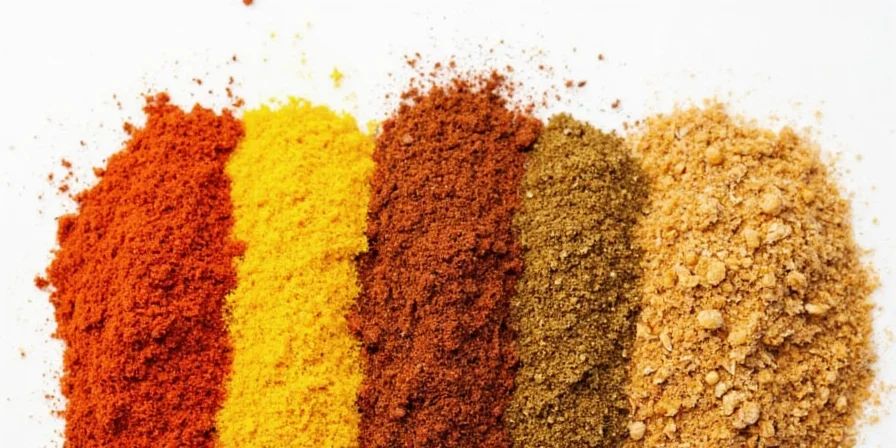
Health Benefits You Probably Didn’t Know About
Beyond the sizzle, Asian spicy mustard has some serious health perks:
- Antimicrobial Properties: Natural mustard oils help fight bacteria—great for preserving food naturally.
- Metabolism Boost: Capsaicin-like compounds increase internal body temperature and metabolism.
- Detox Support: Contains glucosinolates which may support liver detox pathways.
- Anti-Inflammatory: Especially when combined with turmeric or ginger, mustard helps soothe inflammation.
Spice Compatibility Chart: Mustard Meets Other Flavors
| Flavor | Compatibility Level | Tips |
|---|---|---|
| Ginger | 🔥🔥🔥🔥🔥 | Makes a killer base for marinades and sauces. |
| Garlic | 🔥🔥🔥🔥 | Perfect for stir-fries and pickles. |
| Soy Sauce | 🔥🔥🔥🔥 | Adds richness and balances mustard’s sharpness. |
| Honey | 🔥🔥🔥 | Softens the heat, ideal for glazes and dressings. |
| Coconut Milk | 🔥🔥 | Unexpected but effective in Thai-inspired curries. |
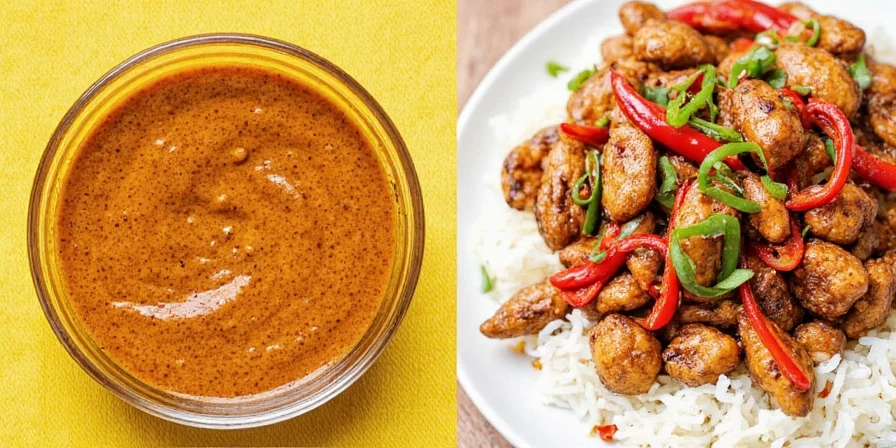
Fun Facts That’ll Blow Your Mind (or Nose)
- The spiciness of mustard doesn’t come from capsaicin (like chili peppers), but from allyl isothiocyanate—a compound that irritates the sinuses rather than the tongue.
- Mustard paste was used in ancient China not only for food but also in traditional medicine to treat respiratory issues.
- Japanese karashi mustards are often sold in tubes like toothpaste—because convenience meets chaos!
- In parts of India, mustard oil is used for massages and hair treatments due to its warming properties.
- A teaspoon of mustard contains almost no calories but packs a surprising amount of calcium, magnesium, and omega-3 fatty acids.

Conclusion: Don’t Sleep on This Spice Sensation
From the backstreets of Chengdu to the izakayas of Osaka, Asian spicy mustard has carved out a permanent spot in the spice hall of fame. Whether you're a seasoned pro or just starting your journey into global flavors, mustard deserves a prime spot in your kitchen arsenal.
Experiment, taste, adjust the heat, and remember: mustard isn’t just a condiment—it’s a cultural conversation starter. So next time you reach for the soy sauce, give that little jar of mustard a second glance. You might just find your new favorite secret weapon.

Stay spicy, stay curious, and never underestimate the power of a good mustard punch.

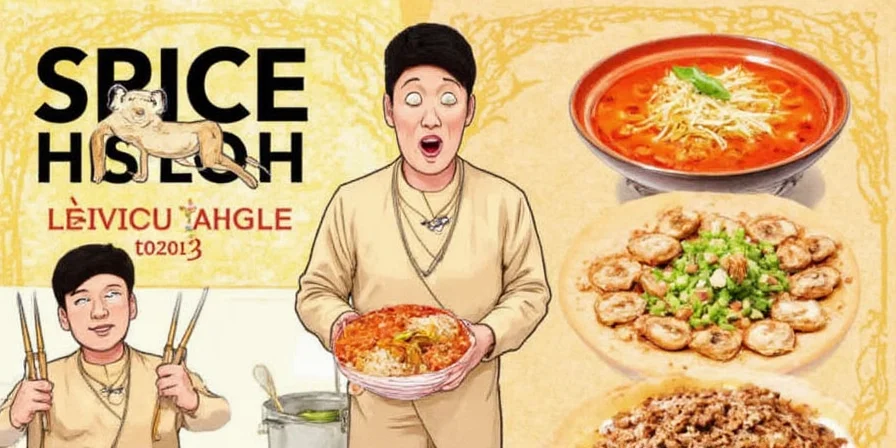









 浙公网安备
33010002000092号
浙公网安备
33010002000092号 浙B2-20120091-4
浙B2-20120091-4